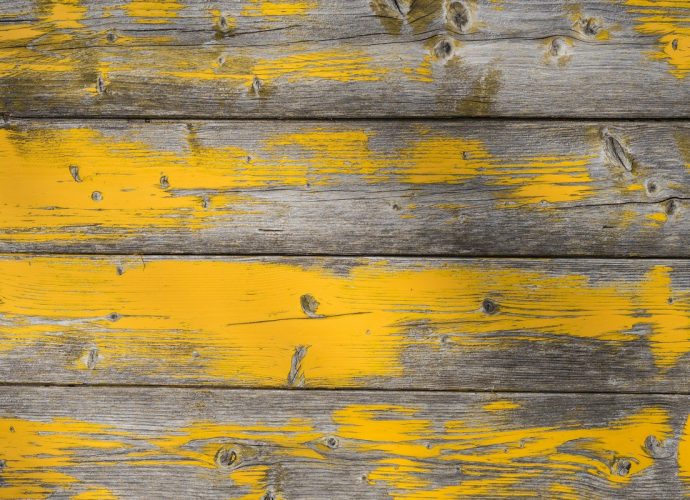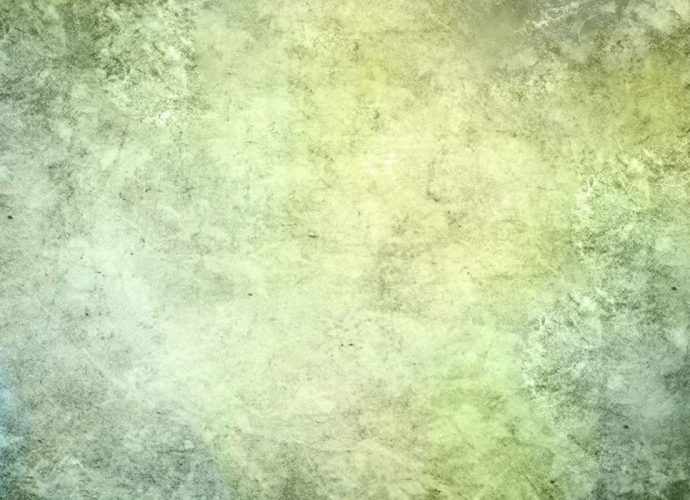Is PVC Fully Fluorinated Polymer?
A fluoropolymer is a fluorocarbon-based polymer with multiple carbon–fluorine bonds. It is characterized by a high resistance to solvents, acids, and bases. The best known fluoropolymer is polytetrafluoroethylene. What is the use of fully fluorinated organic compounds? Hydrofluorocarbons (HFCs), organic compounds that contain fluorine and hydrogen atoms, are the mostRead More →








